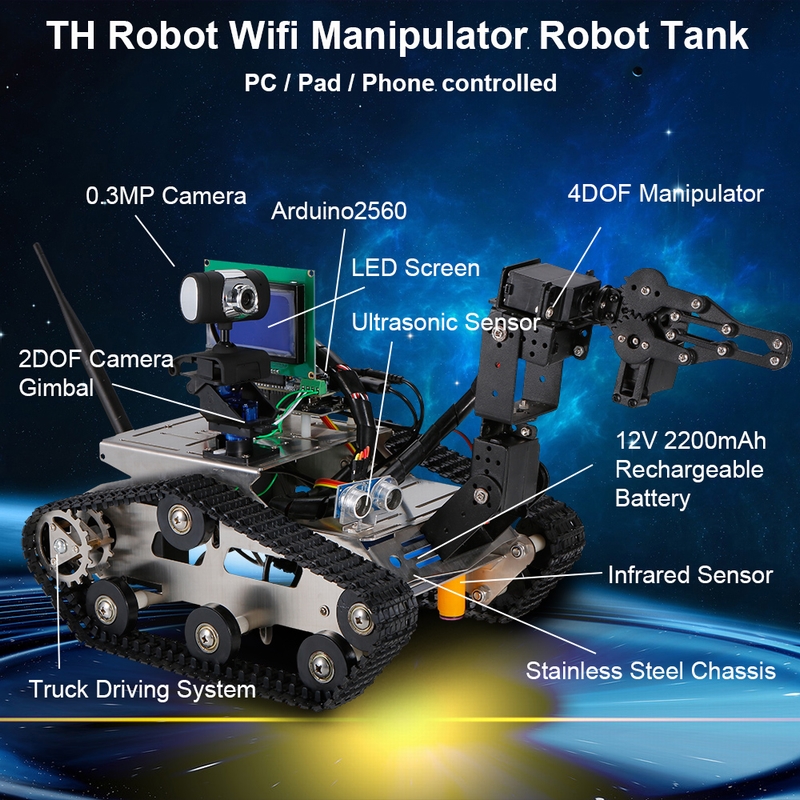
The dedicated engineers continued to develop and refine their robots. As one of the first mobile robots dedicated to research, traces of the roboTER can be found in hundreds of other robots made by Robosoft and KOMPAÏ. Think of it as an earlier version of robotic sweepers, square and compact, with the ability to handle hundreds of pounds. Robosoft designed and created the first mobile robot called the roboTER. In 1985, Vincent co-founded Robosoft, where he made a breakthrough in robotics. All of the funding and research went into military and industrial pursuits.”

During the 80s and 90s, there was no money available for healthcare robotics.

“The reason for shifting into general robotics was very simple. The same head device was also used to control the SPARTACUS robot. Looking back: For his PhD, Vincent developed a system to robotize and control a wheelchair with head, for quadriplegics. But shortly after his studies, he had to stray from healthcare robotics and pivot into industrial and military robotics engineering. When he joined the SPARTACUS project and developed a robot for quadriplegics, he found it both interesting and motivating. Vincent started his journey towards biomedical engineering in 1975 at the Université de Technologie de Compiègne. When you look at KOMPAÏ’s current selection of healthcare-based robotic caregivers with huge human-like eyes and a touch screen, it’s hard to look back at where this dream began. KOMPAÏ version 3 is approaching the end of its testing phase. They created an alert to remind users to wash their hands and take other health precautions to prevent the spread. When COVID-19 became a concern, KOMPAÏ adapted to the crisis. For the nurses and other caregivers, KOMPAÏ can remind patients of when to take their medicine and how much to take, call for help in case of an emergency, and collect and store healthcare data.

This same machine can take a stroll with residents, allowing them to use it for support without the hassle of pushing the machine. During lunch, this robot roams the cafeteria, showing a film or playing music on its screen to promote conversation among the elderly residents as they wait for their meal. Now in its third model, you can find the KOMPAÏ at EHPAD Adarpea, a nursing home only ten minutes away from the team’s workshop. KOMPAÏ can remind patients of when to take their medicine and how much to take, call for help in case of an emergency, and collect and store healthcare data. Using focus groups at hospitals and other nursing homes, they have been able to define the size of the robot, its global appearance, functions, and make it acceptable to all users. They don’t just test for functionality, but for emotions. The engineers at KOMPAÏ Robotics test it at multiple hospitals and nursing homes in the region. This meant we churned out 20 to 30 prototypes to eventually reach something that made sense for the end-user.” “We had to define a few functions that make sense. “The biggest challenge is that robots can do anything,” says Vincent. In other words, these robots can also help the elderly to maintain their autonomy longer. The KOMPAÏ also functions as a companion robot, built to help seniors monitor their health, talk with friends, family, and their doctors, and even walk.
/cdn.vox-cdn.com/uploads/chorus_image/image/49948629/anki-cozmo-robot-screenshot-1.0.0.png)
With decades of experience in biomedical engineering and general robotics, Vincent started KOMPAÏ Robotics in 2016 to create a solution to this crisis with a robot designed to help caregivers and patients.Īlthough their robot focuses primarily on assisting caregivers, Vincent and his team must work out a specific problem: how it will interact with multiple people with different goals, including the caregiver, the patient, and the patient’s family.


 0 kommentar(er)
0 kommentar(er)
